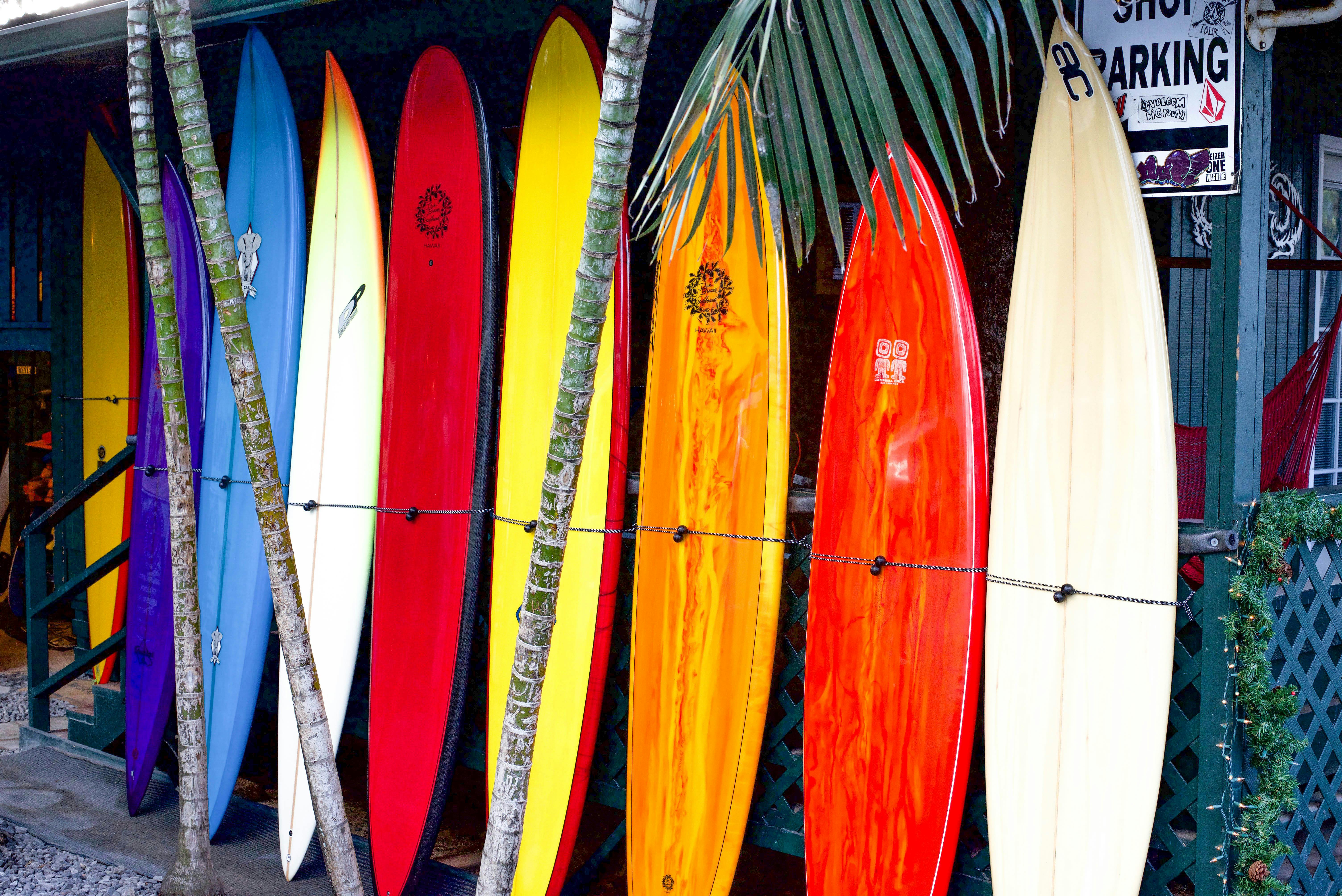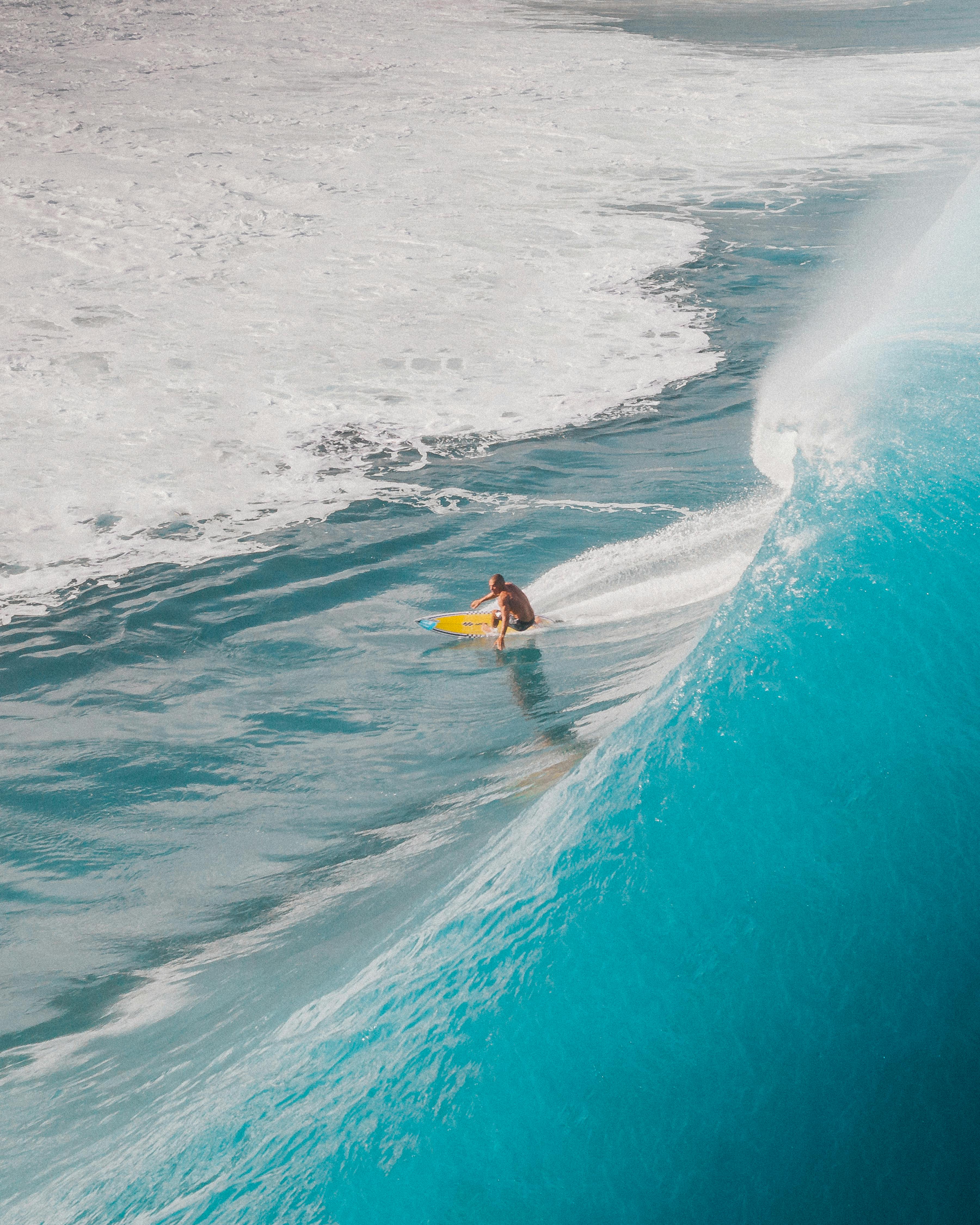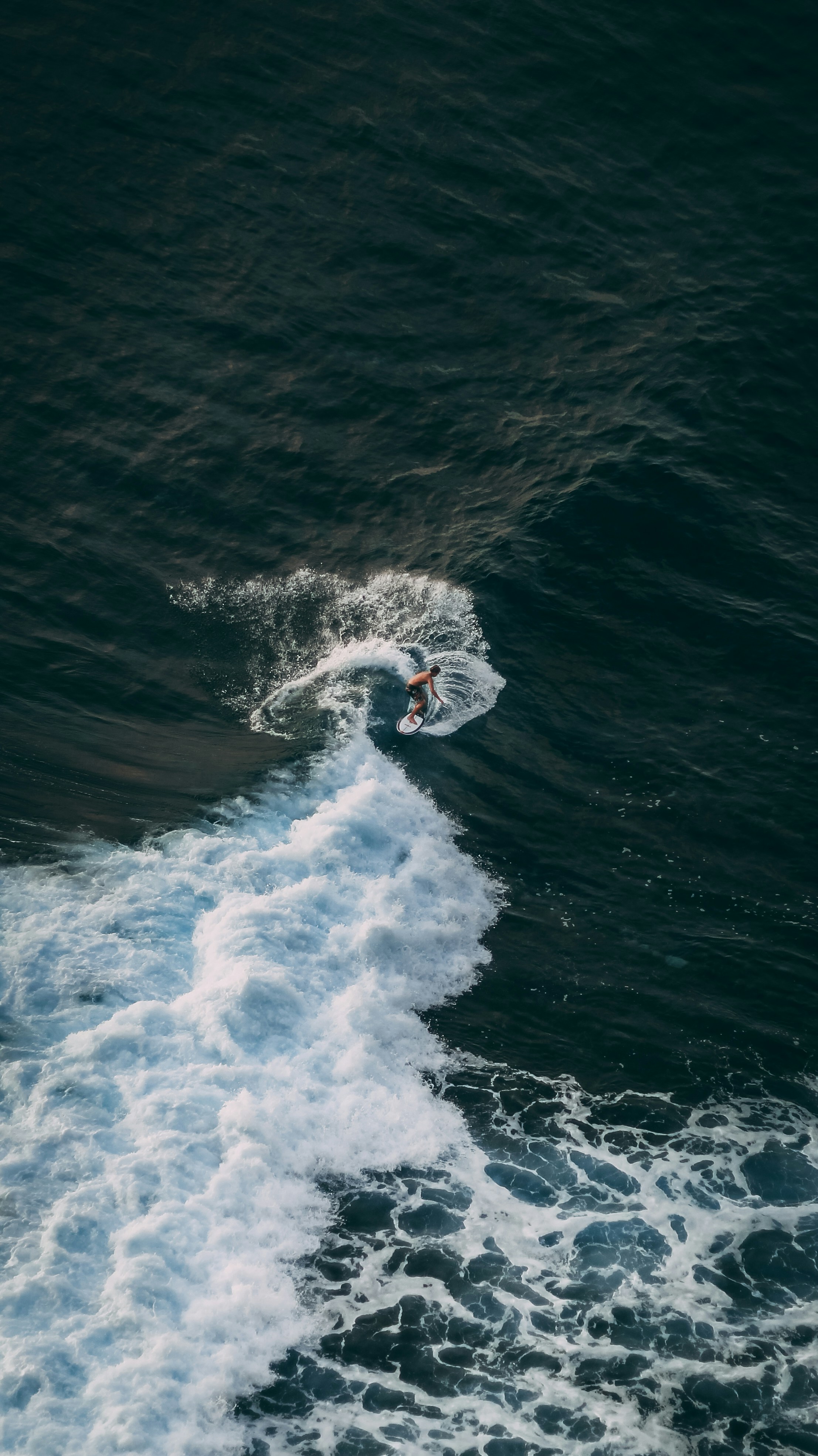Still Chasing the Perfect Surfboard? Here’s Why It’s Probably Holding You Back
Every intermediate surfer hits this phase:
You’re past the foamie. You’ve got a few turns. And now you’re convinced that the right board will unlock the next level.
Spoiler: it won’t.
Here’s what you actually need to know when building your quiver – and why your board might be holding you back more than helping.
1. Stop Shopping for the Surfer You’re Not
Board reviews are fun. Board calculators feel scientific.
But most of them are based on what great surfers are doing – not where you’re actually at.
If you're watching reviews by ex-pros and paddling out with their boards, you’re borrowing tools you haven’t earned yet.
Those boards won't correct your technique – they’ll expose its limits.
Better move?
Find boards that respond well to small errors – and help you feel when something clicks.
2. Volume Isn’t a Shortcut
A short, wide, high-volume board feels easy – at first.
You’ll paddle in earlier. You’ll plane quicker. You’ll feel fast.
But you’ll also get stuck:
– Surfing flat
– Rushing down the line
– Missing the pocket altogether
Worse: these boards tolerate bad technique.
And that means you won’t feel what you’re doing wrong – or know how to fix it.
3. “Fun” Doesn’t Mean “Progress”
That foamy that always puts a smile on your face? Awesome.
But if it doesn’t challenge you to:
– Stay in the pocket
– Adjust your body position
– Use your rail correctly
…it’s not going to make you better.
You need both:
A board for play. A board for progression.
Mix them – and learn when to grab which.
4. A Quiver Should Reflect Your Journey – Not Just the Conditions
As your technique evolves, your board should too.
That means:
– Swapping out flat boards for ones with rocker
– Downsizing width when you’ve learned to compress and engage
– Choosing boards that fit how you now surf – not how you wished you did
Sometimes that means retiring a beloved board. That’s progress, not betrayal.
5. Want Better Equipment? Get Better First
If you’re constantly looking for a board that “makes surfing easier,” you’re likely avoiding the actual work:
– Body movement
– Timing
– Wave positioning
– Compression and extension
The right board feels better because you’re surfing better – not the other way around.
How TRAX Helps You Know When It's the Board (and When It's You)
TRAX tracks:
– Your weight distribution and stance
– Whether your turns are sharp or sluggish
– How your body moves when you hit the pocket
– Whether your equipment is helping or holding you back
So you stop guessing.
And start choosing boards that match your surfing – not just your wishlist.
Related Reading:
→ What board should you actually be riding? — Volume doesn’t equal progress – here’s what to prioritize instead
→ Why your surf stance is sabotaging your technique — Back foot habits kill good board response
→ Frustrated with your surfing? That’s where progress starts — Why the feeling of stuckness is exactly what you need








